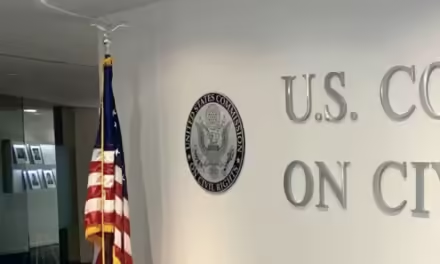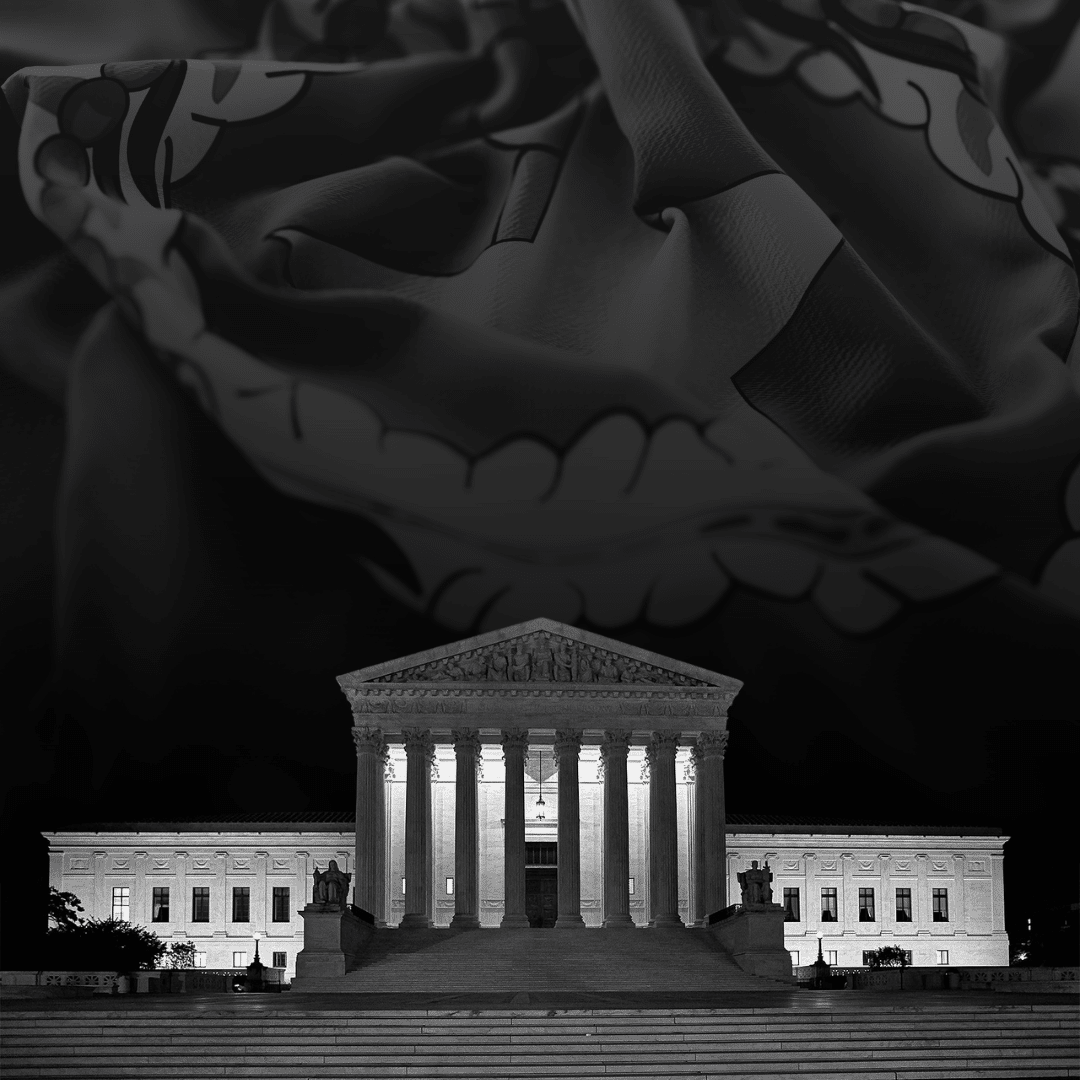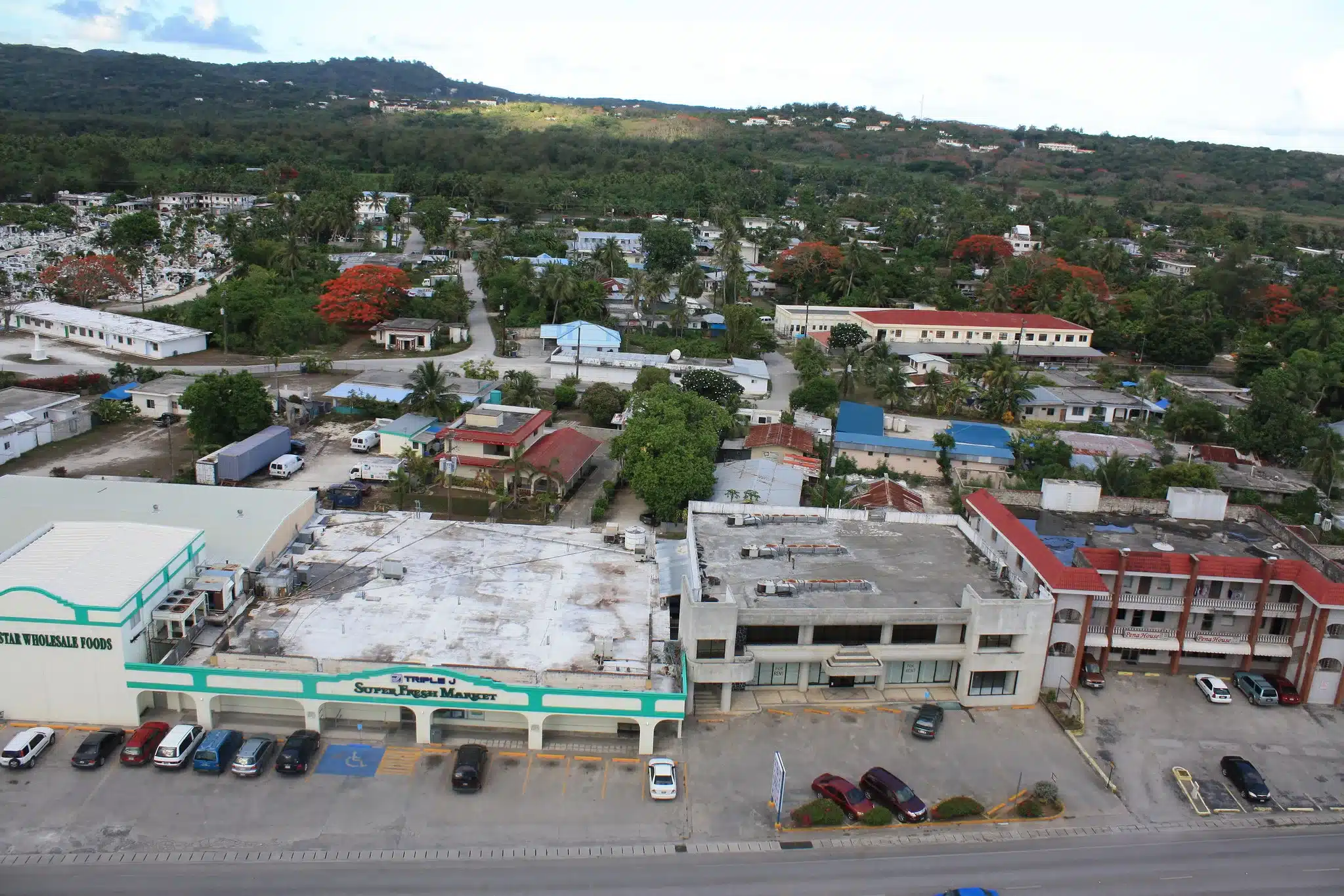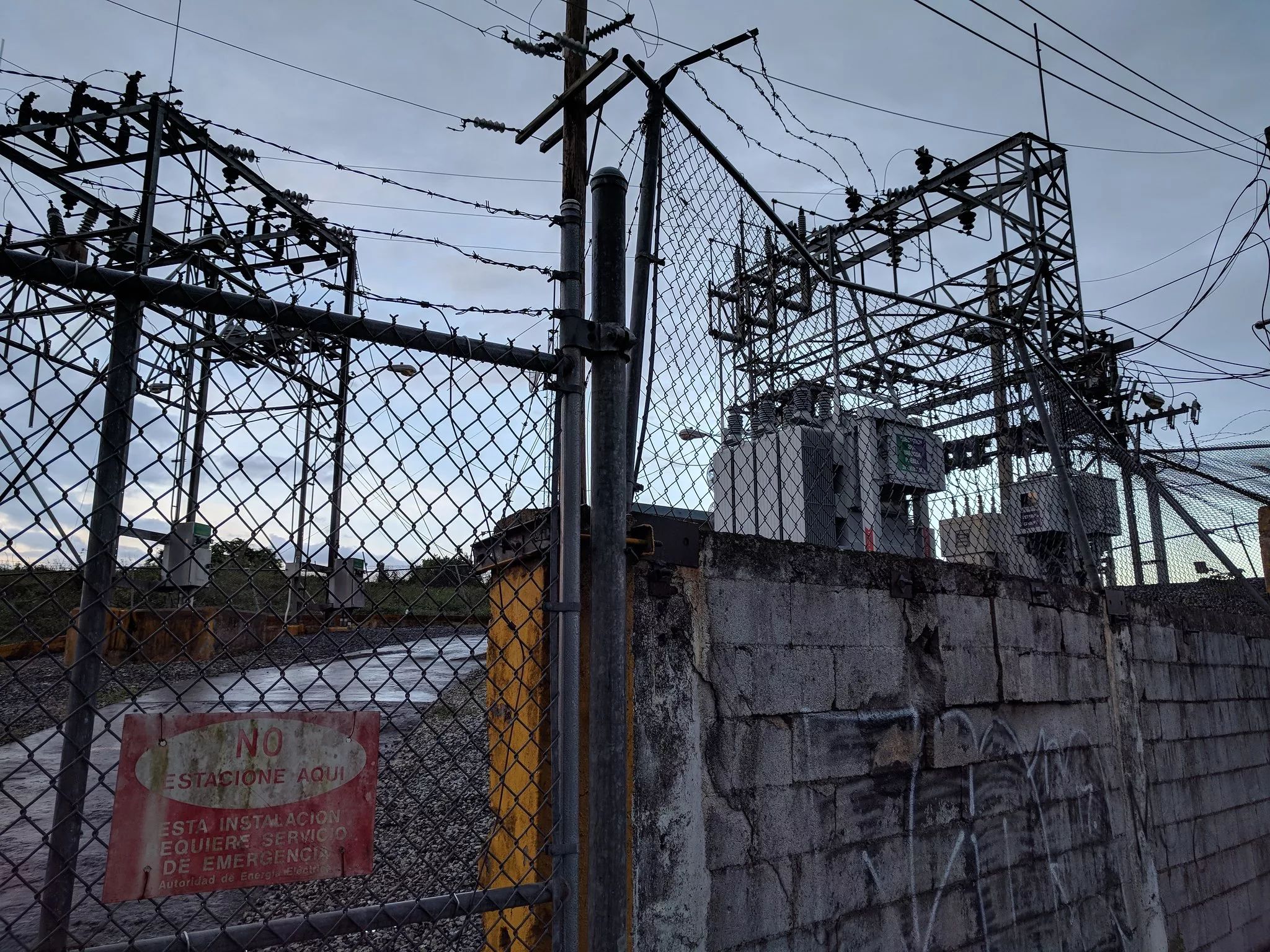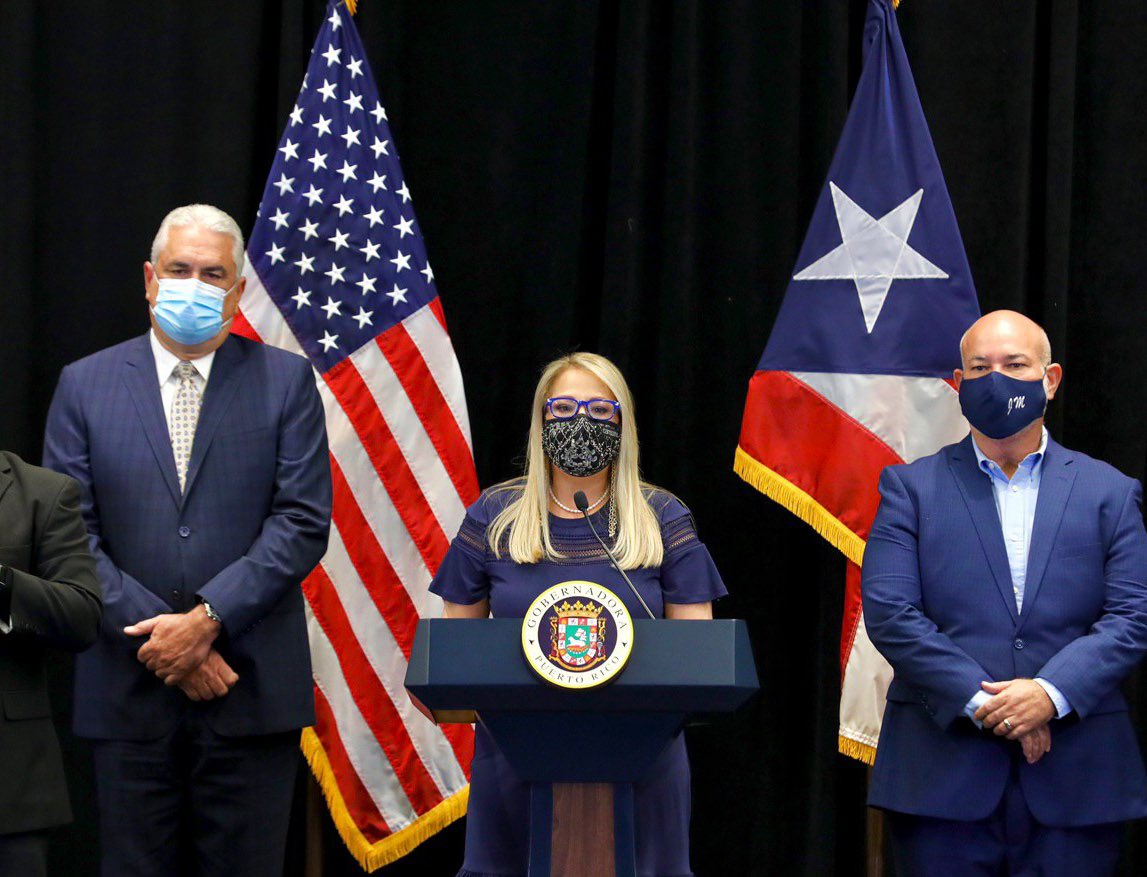Naled, the insecticide being considered for use in Puerto Rico explained
An enormous outbreak of the Zika virus is ongoing in South America and the Caribbean. The Zika virus is transmitted to humans when an infected mosquito bites them. The virus has mild symptoms in most cases, but in pregnant women, birth defects and complications in pregnancy have arisen.
Currently Puerto Rico has seen an increased number of Zika virus cases and in order to prevent more cases, the government is considering spraying the insecticide Naled. Naled has been used since 1959 in the United States and has been sprayed on a large scale covering over 16 million acres. In 2015 Florida sprayed 6 million acres of land with Naled including the populous cities of Miami and Tampa.
Naled is a toxic insecticide that can cause pain and irritation to the mouth, throat, lungs, and skin, but does not build up in humans. It is known to exit the body through the urinary tract, except when a person is pregnant. During pregnancy it is possible for Naled to go across the placenta through the bloodstream, thereby affecting the growth of the child.
However, the CDC is only proposing spraying two tablespoons of Naled per acre in Puerto Rico and through studies this small amount was found to be unharmful to humans. In Miami and Tampa, areas with similar weather conditions to Puerto Rico, the effect of Naled on humans was minimal to none. Naled does not target one specific type of insect, rather it kills all insects that it comes in contact with. For instance, honey bees and wasps in contaminated areas of Florida showed a decrease in population and variety. As a whole Naled also affects birds, fish, aquatic animals, and endangered species.
Studies have shown that Naled causes browning in celery and bronzing in strawberries. With or without the spraying of Naled, it is recommended that people get rid of standing water, put screens on windows and doors, use insect repellents, and “dress in light-colored clothing, long pants, and sleeves.”

